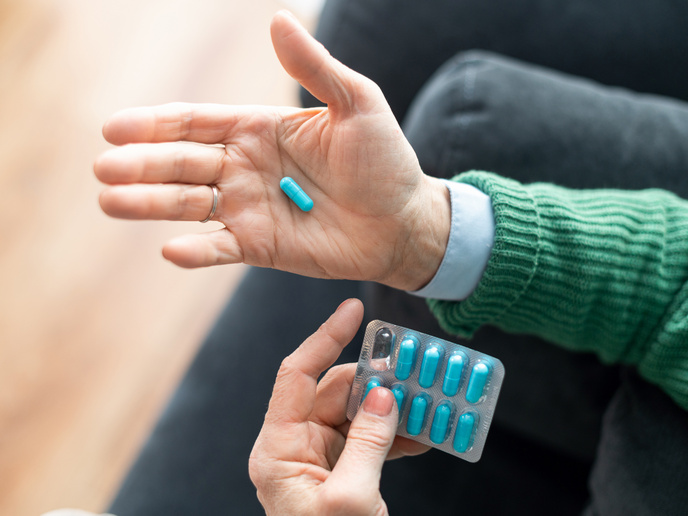Zero-waste production of alumina in Europe
Global aluminium metal consumption is expected to grow in the coming years. There are concerns over the impact this will have on the environment as well as on Europe’s dependence on imported alumina and bauxite to meet increasing demands. No other metal can compare to aluminium when it comes to its variety of uses. It is made from alumina(opens in new window), which is produced using the Bayer process(opens in new window) from bauxite. This process, however, presents a key challenge: it does not utilise all the elements in the bauxite ore, and therefore produces a lot of waste known as bauxite residue or red mud. More than 1 kg of red mud is produced for every kilo of aluminium metal. This waste is usually land-filled in large ponds. The EU-funded ENSUREAL(opens in new window) proposes a novel solution. “The goal of the project was to develop a process for the production of alumina which doesn't generate any waste,” explains project coordinator Casper van der Eijk. ENSUREAL’s goal was to develop a process capable of accepting lower grade ores while producing useful by-products such as cast iron and critical raw material concentrates.
Improving the Pedersen process
To achieve this, the project sought to modernise the Pedersen process(opens in new window), an alternative process for producing alumina. “In ENSUREAL, we tried to revive it, to renew it,” outlines Van der Eijk. “We also looked at alternative raw materials for this process, like the waste from the Bayer process.” In modernising the process, the project used hydrogen for reduction instead of carbon materials, and biocarbon instead of fossil carbon materials. ENSUREAL also investigated what could be done with the by-products of the Pedersen process. “We have proved that we can produce aluminium material with this process, which is very important. We tested it and compared it with the normal alumina that's used: some properties were just as good; other properties we might need to work on are flowability; and some technical things need to be fine-tuned,” confirms Van der Eijk. The project also found that the process works quite well on the red mud, which is a problem of the alumina industry. “What we also found was that the by-product from the Pedersen process, similar to limestone, can be used as a building material. So it's not a problematic waste material,” adds Van der Eijk.
Investing in a circular economy
The ENSUREAL process is sustainable from an environmental and economic perspective. This is because it is flexible and less dependent on raw materials. It is also environmentally sustainable as well as energy efficient, as it eliminates the need for treating red mud. What’s more, it integrates the iron and agriculture sectors, amongst others, and is therefore an investment in a circular economy. As for the next steps, ENSUREAL is in contact with companies in Europe, India and Saudi Arabia who are eager for solutions to their waste problem. “We also have a new project called Harare, where we will develop the process further. We will explore more, use hydrogen in this process, try to cut energy consumption and emissions and then make the process more competitive,” concludes Van der Eijk.







